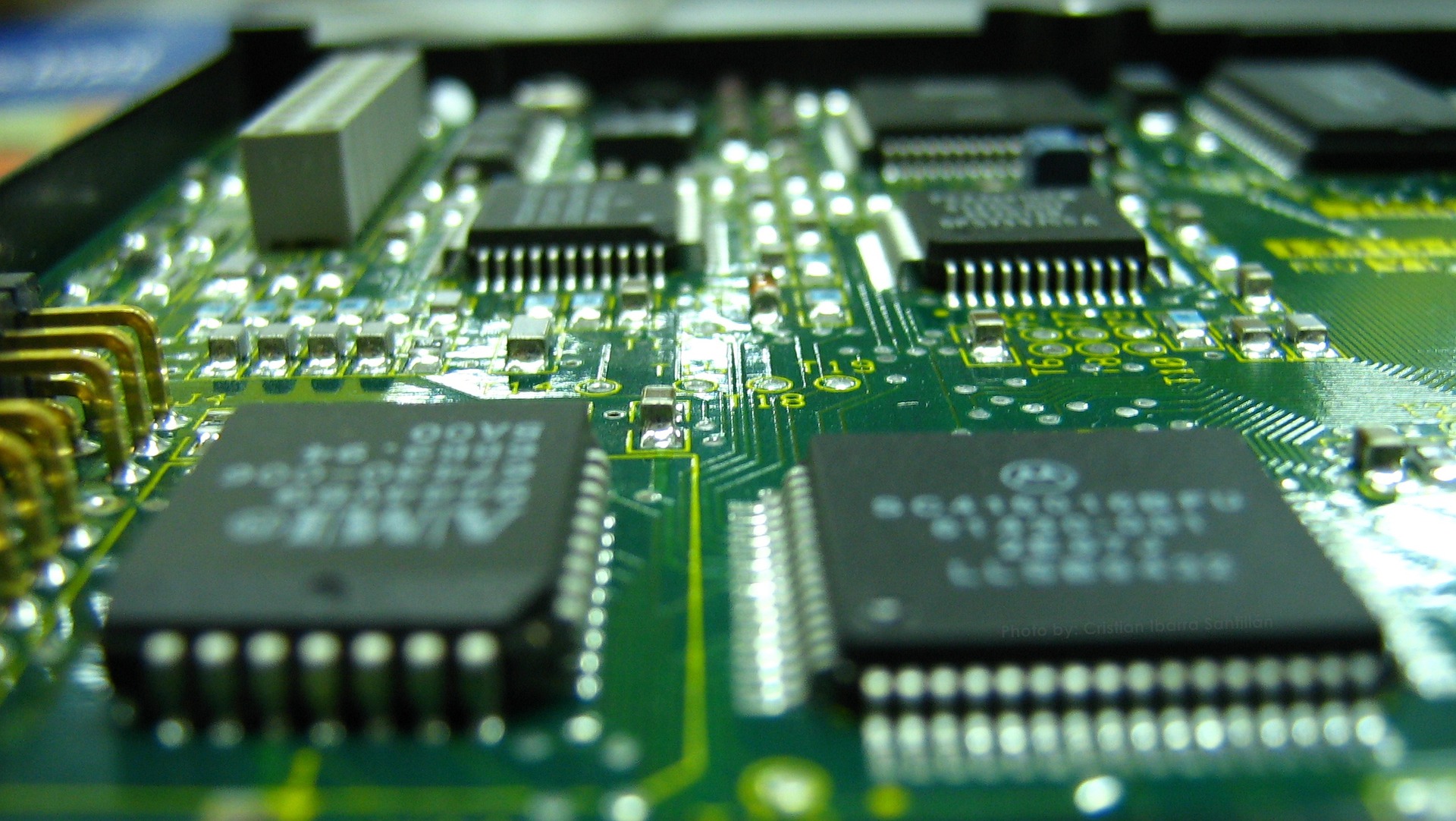Semiconductors are the backbone of modern technology, powering everything from smartphones and laptops to cars and artificial intelligence. As the demand for high-tech products continues to surge globally, so does the need for semiconductors. Historically, countries like Taiwan, South Korea, and the United States have dominated semiconductor manufacturing, but there is a growing interest in India emerging as a significant player in the industry. This article explores the potential for India to become a semiconductor hub in the future, examining the factors that could drive its growth and the challenges it may face.

- India’s Growing Tech Ecosystem
India has witnessed a remarkable rise in its tech industry over the past few decades. With a population of over 1.3 billion and a large talent pool of engineers, India has become a global leader in IT services and software development. Several multinational corporations have set up research and development centers in the country, leveraging the abundant skilled workforce. This ecosystem creates a conducive environment for semiconductor companies to establish their presence in India.
- Government Initiatives and Investments
Recognizing the importance of semiconductor manufacturing for the nation’s economy, the Indian government has taken initiatives to bolster the industry. “Make in India” is a flagship program that aims to promote local manufacturing across various sectors, including electronics and semiconductors. The government has also launched the “National Policy on Electronics” to attract investments and facilitate domestic production of electronic goods. Additionally, the production-linked incentive (PLI) scheme offers incentives to semiconductor companies for manufacturing in India, encouraging more significant investments.
- Growing Demand and Market Potential
India is one of the world’s largest consumer markets for electronic devices. The increasing adoption of smartphones, tablets, wearables, and smart home devices has driven substantial demand for semiconductors in the country. As India’s middle class continues to grow and more people embrace digitalization, the demand for electronic products is projected to surge further, opening up opportunities for semiconductor manufacturers.
- Collaboration with Global Semiconductor Companies
Several global semiconductor companies have already established a presence in India through research centers, design facilities, and manufacturing units. Collaborations with these established players provide Indian companies access to cutting-edge technology and expertise, accelerating their growth and development. Moreover, such partnerships foster knowledge transfer and skill enhancement, bolstering India’s potential to become a semiconductor hub.
- Skilled Workforce and Engineering Talent
India is renowned for its vast pool of engineering talent. The country produces hundreds of thousands of engineers every year, many of whom are well-versed in the fields of electronics and chip design. Indian engineers have played crucial roles in the development of advanced microprocessors and system-on-chip designs for various multinational semiconductor companies. This talent pool positions India advantageously in the global semiconductor landscape.
Challenges Ahead
While India possesses significant potential to become a semiconductor hub, there are several challenges that need to be addressed for the vision to become a reality:
-
Infrastructure Development: Establishing a semiconductor manufacturing ecosystem requires substantial investments in infrastructure, including state-of-the-art fabrication plants (fabs) and supporting facilities. India must enhance its infrastructure to match the standards set by established semiconductor manufacturing countries.
-
Technological Gap: While India has made strides in semiconductor design and research, it still lags behind in advanced chip manufacturing technology. Closing this technological gap requires significant investments in research and development, as well as collaboration with global leaders in semiconductor fabrication.
-
Policy Implementation: Despite government initiatives and policies, effective implementation remains critical for their success. Streamlining bureaucratic processes and providing a stable policy environment is crucial to attract long-term investments from semiconductor companies.
-
Competition from Established Hubs: India faces stiff competition from established semiconductor manufacturing hubs such as Taiwan, South Korea, and China. These countries have invested heavily in their semiconductor industries and have a significant head start.
-
Intellectual Property Protection: Protecting intellectual property rights is essential to foster innovation and encourage global semiconductor players to invest in India. A robust legal framework and effective enforcement of intellectual property laws are vital to instill confidence in investors and collaborators.
Conclusion
India’s journey towards becoming a semiconductor hub is promising, driven by its thriving tech ecosystem, government initiatives, growing market potential, and skilled engineering talent. However, overcoming the challenges of infrastructure development, technology upgradation, policy implementation, and competition from established hubs will be critical to realize this vision fully. Collaboration with global semiconductor companies and a focus on research and innovation will play key roles in strengthening India’s position in the semiconductor industry. With the right strategies and concerted efforts, India has the potential to carve out a significant place for itself in the global semiconductor landscape of the future.